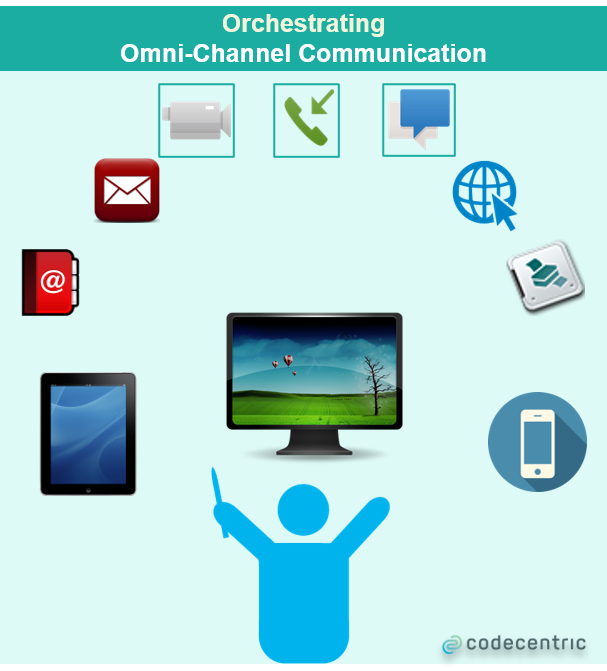Omni-channel communication basically means that communication channels of a company work in a unified and integrated way. Different channels like Phone, Email or Post are often not grown in a well-integrated manner. Different departments are in charge of different channels and each channel may use a system that is not talking to other relevant systems. Omni-channel adoption means consolidating these channels and the underlying process and customer journeys, so that the agent who is taking your call does have a fucking clue about an email you sent yesterday or a chat conversation you had with another agent on their website.
Almost every company wants to go omni-channel, any why not. An integrated process and system landscape means spending less money on inefficient and historically grown tools, paying less for licenses, doing less manual work, having higher quality of data and real-time reports on channels and capacities. And last but not least: having happier employees and impressed (or may not disappointed is a better adjective, now that we live in 2020) customers.
I wrote a white paper a few years back on devising an omni-channel strategy when I was still working at Detecon. Recently I wrote an article, divided in three posts for codecentric. Here they are:
- Why omni-channel?
- What are the complications of adopting an omni-channel strategy?
- How to implement an omni-channel strategy with minimal costs?
Hope this helps some companies not to screw it up big time, as it sometimes happens with blind and ill-prepared omni-channel adoption. It is a program where many different political, organizational and operational opinions and powers clash. So be prepared, and read these nuggets of wisdom carefully. You are welcome. 😉






